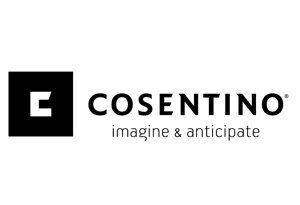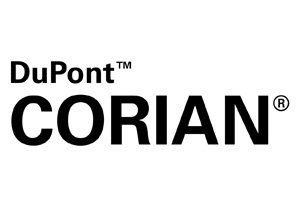The kitchen has long been a central part of the home—but in 2025, it’s doing more than just hosting meals and conversations. Thanks to rapid advancements in smart technology, kitchens are now becoming intelligent, connected spaces that work harder, faster, and more efficiently than ever before.
From voice-activated appliances to app-controlled lighting and AI-enhanced cooking features, today’s kitchen market is embracing innovation. In this guide, we’ll explore how smart technology is shaping kitchen design in 2025—and what it means for homeowners looking to futureproof their spaces.
Smart appliances are no longer a futuristic concept—they’re now a must-have for many homeowners investing in a new kitchen. Designed to improve convenience and efficiency, these appliances use artificial intelligence, sensors, and internet connectivity to make everyday tasks easier.
Smart ovens can recognise what’s inside them and adjust temperature and timing accordingly.
WiFi-enabled fridges track inventory, alert you when items are running low, and suggest recipes.
Voice-controlled dishwashers and hobs can be started hands-free—ideal when your hands are full.
In modern kitchen design, these appliances are being integrated seamlessly into cabinetry and layouts, proving that technology doesn’t have to come at the cost of style.
As climate concerns grow, kitchen technology is becoming increasingly eco-conscious. In 2025, many smart appliances are designed to reduce energy and water usage without compromising performance.
Induction hobs with auto-pan detection and power control
AI dishwashers that measure water levels and tailor each cycle
Smart plugs and monitors that allow users to track and adjust energy use in real time
These developments are transforming the kitchen market, with consumers now prioritising long-term savings and sustainability alongside aesthetics.
Lighting is a key part of kitchen design, and smart technology is giving homeowners new ways to control it. From task lighting for food prep to mood lighting for dinner parties, automated systems make it simple to switch between settings with a tap or voice command.
Smart lighting in kitchens can:
Adapt to time of day with dimming or colour shifts
Be controlled remotely or through schedules
Integrate with motion sensors to illuminate key zones when needed
This level of control adds a new layer of functionality and style, making lighting more than just a practical element—it becomes part of the overall experience.
In busy kitchens, hands-free control is a game-changer. In 2025, voice assistants are commonly built into the kitchen ecosystem, enabling users to control appliances, access recipes, set timers, and adjust lighting without stopping what they’re doing.
Whether you’re stirring a sauce or unpacking the weekly shop, voice integration with Amazon Alexa, Google Assistant, or Apple’s Siri adds convenience and speed to your routine.
Voice tech also supports accessibility, making kitchens more inclusive for people with limited mobility or vision.
Smart kitchens aren’t just about convenience—they’re also safer. Today’s technology can detect hazards, prevent accidents, and alert users to problems before they become serious.
Safety-focused features include:
Cooktop sensors that shut off burners if left unattended
Leak detectors for dishwashers and sinks
Fridge door alerts and food spoilage warnings
Smoke and gas detection linked to mobile alerts
These features give homeowners greater peace of mind, especially in busy households or for older adults living independently.
As smart technology becomes a core part of the kitchen, designers are adapting their plans to suit. In 2025, the trend is towards clean, clutter-free layouts that accommodate both aesthetics and tech integration.
Designers are focusing on:
Creating concealed hubs for routers, smart speakers, and charging stations
Integrating screens for recipe viewing, video calls, or appliance monitoring
Planning for built-in appliances with seamless finishes
Future-proofing wiring and connectivity options
Smart kitchens require thoughtful planning, not just from an aesthetic point of view but to ensure the space remains functional as tech continues to evolve.
While the benefits are clear, investing in smart kitchen technology does require some planning. If you’re designing a new kitchen, consider:
How tech-savvy your household is
Your budget for appliances and system integration
Which smart features you’ll actually use
Whether your home’s WiFi network is strong enough to support smart devices
Work with a kitchen designer who understands the current technology landscape and can help you plan a kitchen that suits your needs now and into the future.
Smart technology is revolutionising the kitchen market in 2025. What was once seen as a futuristic luxury is now becoming a standard expectation for homeowners who value efficiency, convenience, and sustainability.
Whether it’s a fridge that tracks your groceries, a tap that dispenses exact measurements, or lighting that adapts to your mood—smart kitchens are about more than tech. They’re about creating intuitive, personalised environments that support modern living.
If you’re planning a new kitchen and want it to be future-ready, now is the perfect time to embrace the power of smart design.










